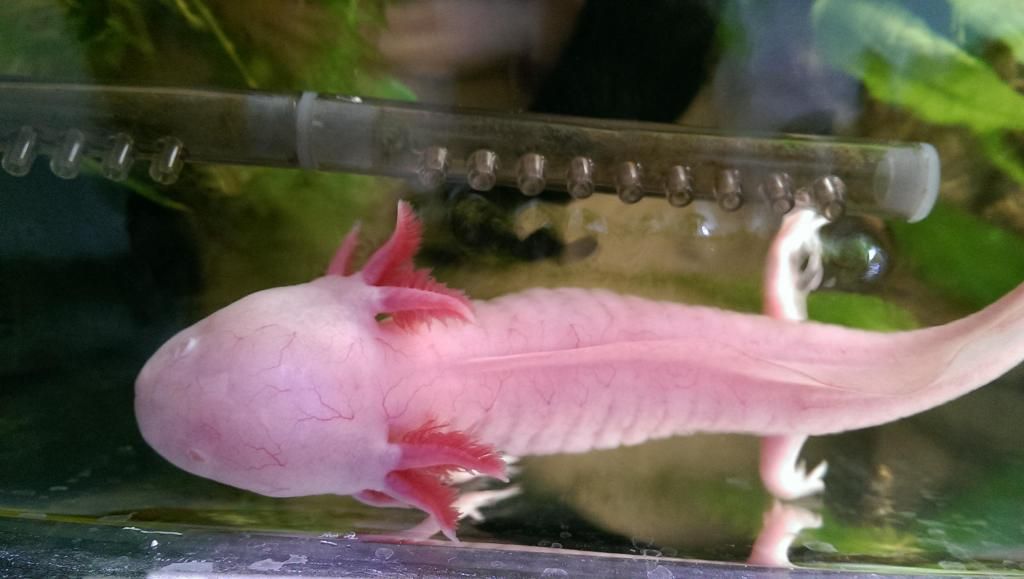Dominick
New member
Five days ago my axoltol died after showing some very strange behaviour; I tried fridging him but it was too late.
One of the signs that stood out to me was that his body was covered in veins that weren't there before. Here is a picture:

Could this be a symptom of something? I tested my water for NO2, NO3, GH, KH , pH, Cl2, NH3 and NH4. Everything is okay, except for the pH, i'm not sure about that. It is possible that my pH is too high (8.0 - 8.4). My water supplier says that their median is 8.2 (I don't get why they not just put an average on their website...)
But could this be connected AND be fatal? What can I do to lower the pH (since water changes obviously won't help).
One of the signs that stood out to me was that his body was covered in veins that weren't there before. Here is a picture:

Could this be a symptom of something? I tested my water for NO2, NO3, GH, KH , pH, Cl2, NH3 and NH4. Everything is okay, except for the pH, i'm not sure about that. It is possible that my pH is too high (8.0 - 8.4). My water supplier says that their median is 8.2 (I don't get why they not just put an average on their website...)
But could this be connected AND be fatal? What can I do to lower the pH (since water changes obviously won't help).

